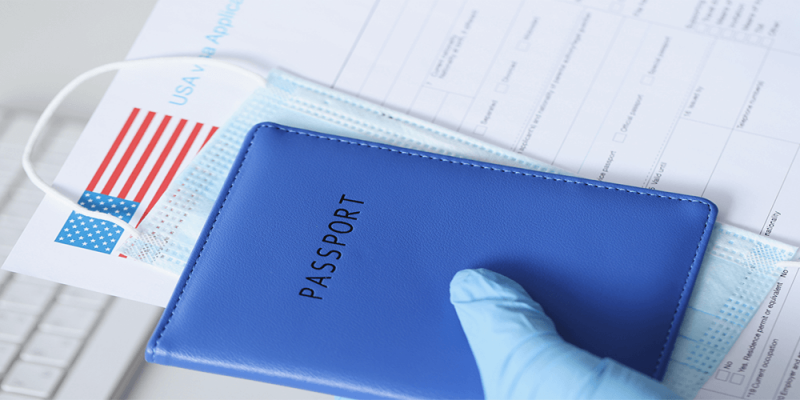The year 2020 can be synonymous with “change,” if we term it nicely. This remains true for the EB-5 Immigrant Investor Program, which experienced a number of changes—both good and bad—in the chaotic year of 2020. Below is a short overview of the changes 2020 has brought to the EB-5 program.
A New Approach to Visa Processing
As of April 2020, United States Citizenship and Immigration Services (USCIS) is processing I-526 petitions under a visa availability processing approach. Instead of working through I-526 petitions in the order they are received, USCIS now prioritizes petitions from investors from countries for which EB-5 investment visas are readily available.
COVID-19 Effects
The COVID-19 pandemic has affected nearly every level of life in the United States. Fortunately, the EB5 program has the potential to help reverse the pandemic’s damage to the economy, thanks to incentivized EB5 investment in rural and high-unemployment areas, designated as targeted unemployment areas (TEAs). High-unemployment TEAs are designated as such on the basis of unemployment averages from the year immediately prior, and 2020’s large unemployment numbers will affect EB-5 investments in 2021.
One issue, however, is that TEA designation is based on relative unemployment instead of absolute unemployment. As unemployment rates have skyrocketed around the United States, the TEA component of the EB-5 investment program will not incentivize investment in all areas that have experienced increased unemployment. Instead, only areas hardest hit by job losses will benefit from incentivized EB5 investment through TEA designation.
Consequently, although the entire United States would benefit from the EB-5 Immigrant Investor Program’s foreign investment, only hardest-hit areas such as New York will benefit from TEA designation, barring a change to how TEAs are designated. Although there were false rumors about massive changes to the EB-5 investment program in the early part of the pandemic, small changes to the program, including how TEAs are designated, could go a long way toward boosting the U.S. economy and putting U.S. workers back to work.
Extra EB-5 Visas for FY2021
One immigration program’s woes can become another’s boon. With the way the U.S. immigration system is set up, unused visas in one immigration program are rolled over to another program at the dawn of a new fiscal year, and this policy heavily benefited the EB-5 program when FY2020 ended in September 2020. A flood of unused family-based visas were recycled over to employment-based programs, and the EB-5 program, as the fifth-preference employment-based program, received a share of them. The number of visas allocated to the EB-5 program in FY2021 skyrocketed to more than 18,000, almost doubling the typical figure. Whether USCIS will make use of these new visas remains to be seen, but it is nevertheless a good thing that they are there.







